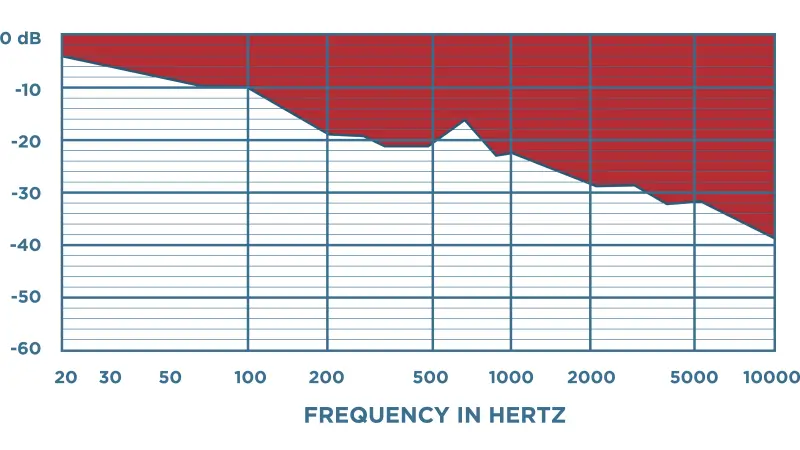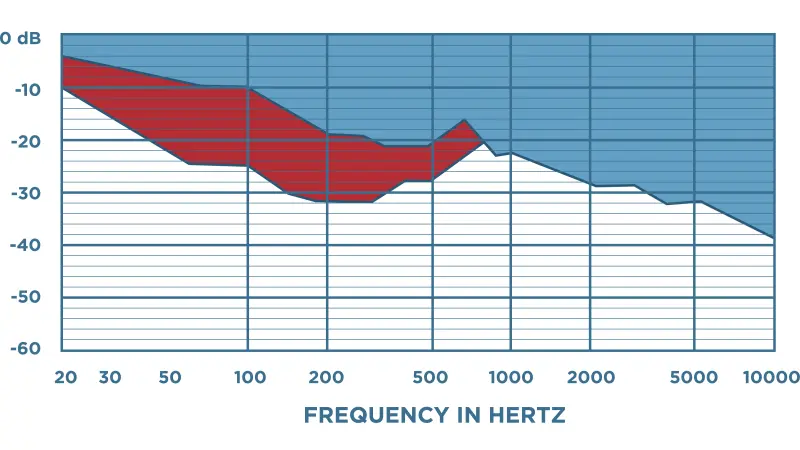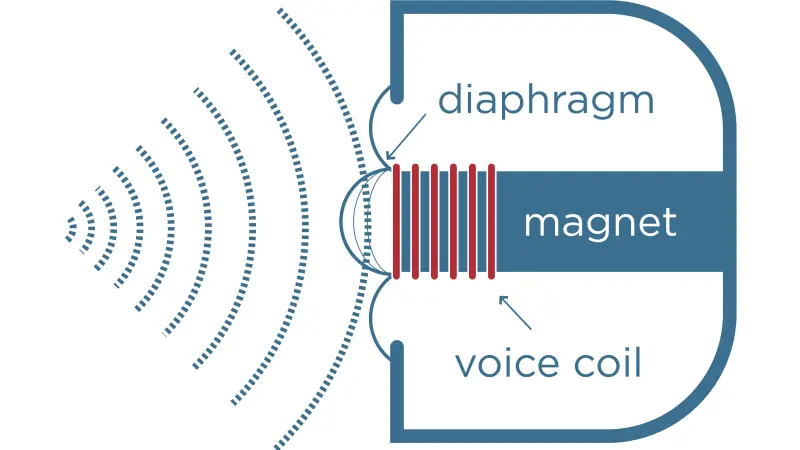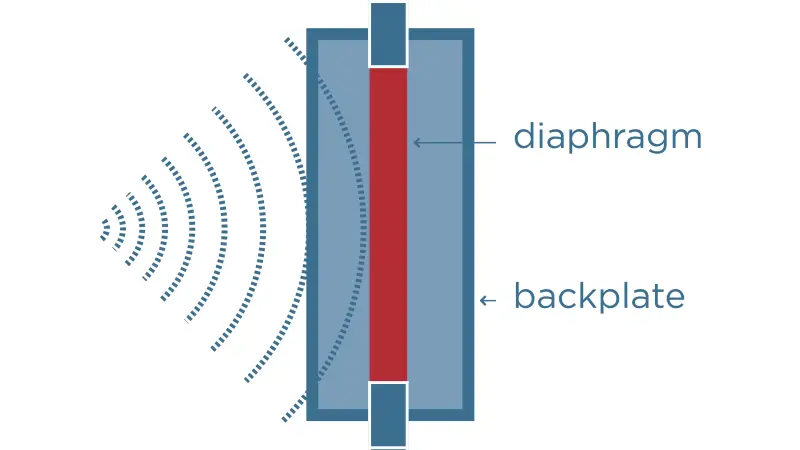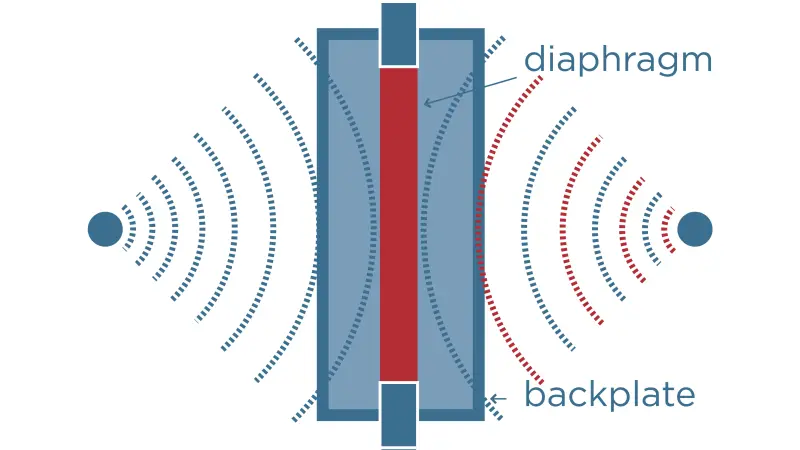Selecting an Aviation Headset
Four Critical Factors to Consider

Sound is a critical part of the flying experience.
That’s why choosing a headset is so important. You want one that provides protection and, at the same time, lets you enjoy the ambient sounds that come with the territory.
An aviation headset is a surprisingly complex piece of equipment; far more complex than a headset produced for consumer or land-based communication. While a headset may sound good on the showroom floor tuned to a CD, will it provide the same quality in the air? You don’t want to wait until an emergency situation to find out.
When choosing an aviation headset, there are four important factors to consider:
- Hearing Protection
- Earphone Speaker Quality
- Microphone Quality
- Comfort
Hearing Protection
Earphone Speaker Quality
Microphone Quality
Comfort
Setting the Standards in Aviation Sound

Telex invented the first noise-canceling microphone for U.S. Armed Forces during World War II combat. Later, Telex microphones were used on the Mercury, Gemini and Apollo space missions, making them the first microphones on the moon. Today, Telex continues to pioneer mission critical sound technology. We design and manufacture high-performance commercial aviation headsets for optimum comfort, reliable performance and value.
Telex headsets are engineered for pilots who share our passion for sound clarity. Our headsets set the standard for clear, reliable and consistent communications.
From pilots to designers to operators, Telex is the headset of choice for 70 percent of commercial aviation professionals. In fact, Telex is standard equipment on all prominent commercial aviation aircraft.
